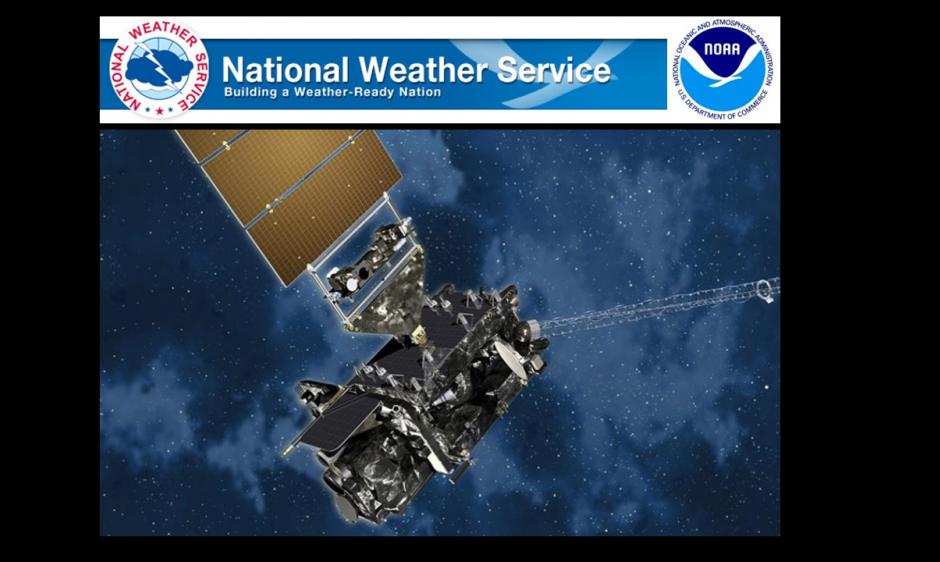
Latest GOES Satellite now in Successful Orbit; Re-designated GOES-16
On November 29, 2016, the newest GOES satellite was successfully placed into geostationary orbit (approximately 22,000 miles away from Earth) and has now been re-designated as GOES-16. Testing and calibration of our newest GOES satellite will begin soon. GOES-16 will provide forecasters with better data, allowing for significant forecast improvements from the sun to the sea. Advanced imagery and increased spatial resolution will lead to more accurate watches and warnings, better situational awareness and enhanced space weather forecasting.